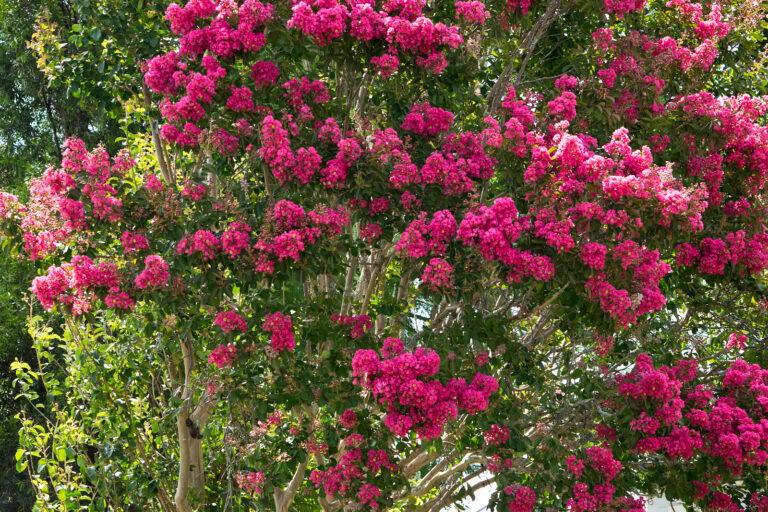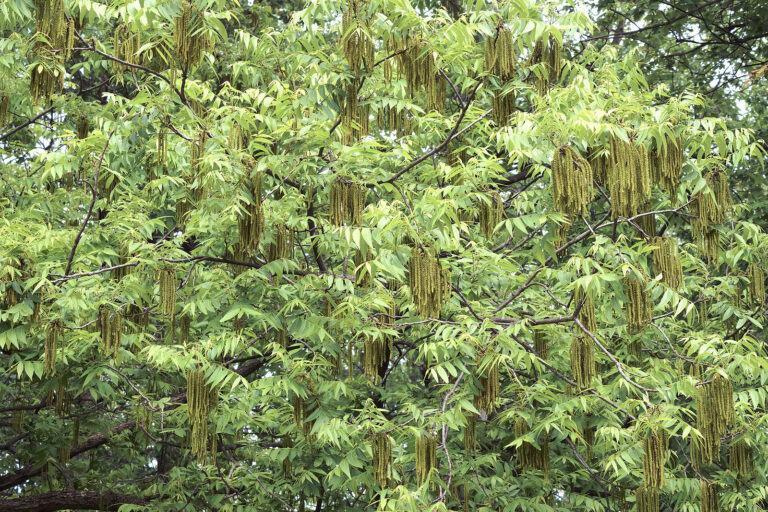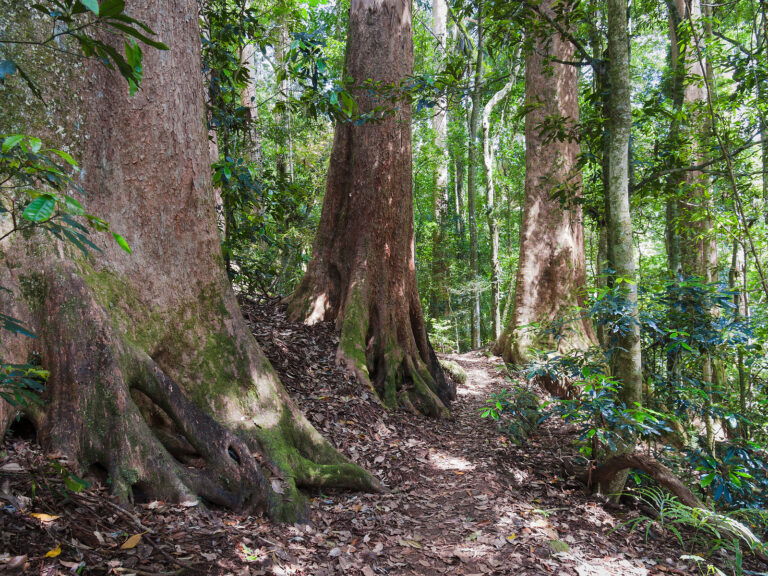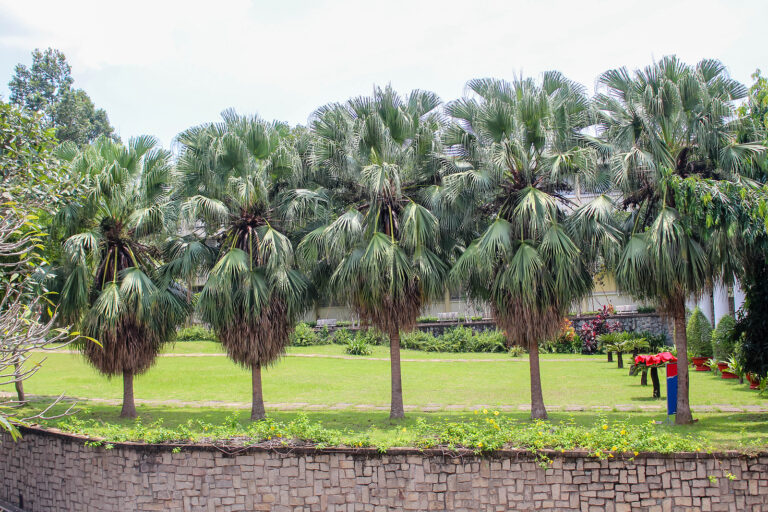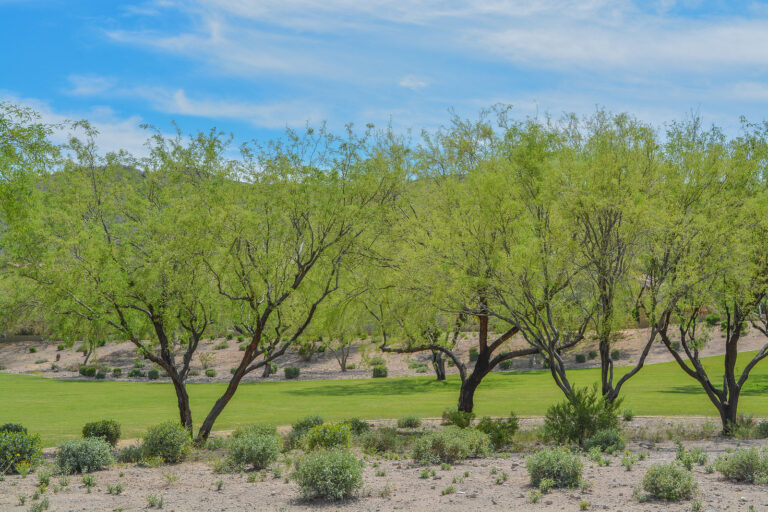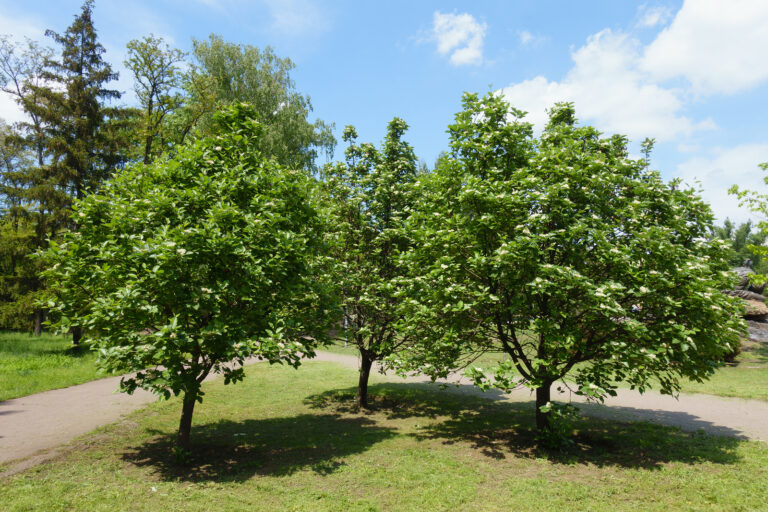How to Grow Paper Mulberry — Broussonetia
Broussonetia–commonly called paper mulberry–is a deciduous shade tree grown for its fast growth and dense, broad head. It grows to 25 feet (8m) tall and wide and often larger. Broussonetia tolerates pollution, heat, and poor soil. It is popular in urban locations.
Broussonetia’s leaves are gray-green, ovate to deeply lobed, and grow to 8 inches (20cm) long. Broussonetia bears pendent catkin flowers in spring. Female flowers have slender purple stigmas and produce spherical heads less than an inch across that develop into mulberry-like, sweet-tasting, orange-red fruit in autumn.
Broussonetia gets the common name from its inner park which is used for making paper and Polynesian tapa cloth.
Broussonetia is a genus of seven species of deciduous trees and shrubs native to East Asia and Polynesia.
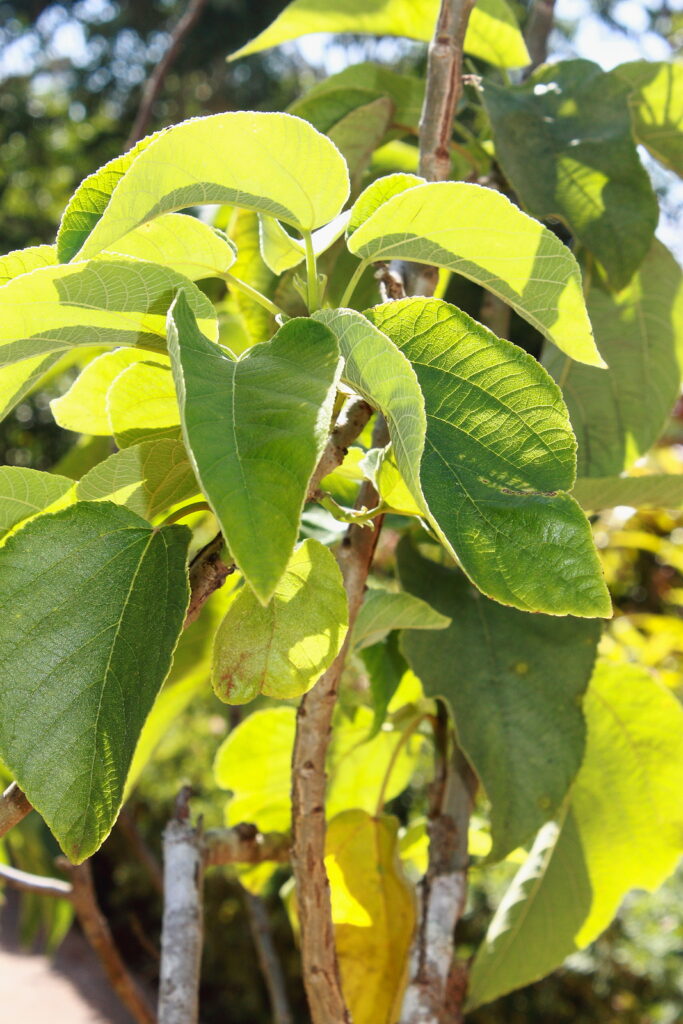
Get to know Broussonetia
- Plant type: Deciduous trees and shrubs
- Growing zones and range: Zones 6 to 9
- Hardiness: Hardy to Zone 6
- Height and width: To 25 feet (8m) tall and wide
- Growth rate: Fast
- Form and habit: Dense, broad crown
- Foliage: Alternate, entire or lobed, toothed leaves are generally heart-shaped; the undersides of the leaves are, as well as the tree’s twigs, are covered with woolly on separate trees
- Flowers: Male and female flowers are borne on separate plants; females form compact rounded heads .5 inch (1.3cm) across, while the males appear in scaly clusters, or catkins, 1.5-3 inches (4-13cm) long; both are greenish yellow
- Fruits: .75 inch 2cm) red globular fruit
- Bloom time: Spring
- Uses: Shrub border, shade
- Common name: Paper mulberry
- Botanical name: Broussonetia
- Family name: Moraceae
- Origin: East Asia and Polynesia
Where to plant Broussonetia
- Plant Broussonetia in well-drained soil.
- Plant Broussonetia in full sun, sheltered from wind.
- Broussonetia tolerates heat, drought, strong winds, city pollution, and stony, sterile, or alkaline soils.
When to plant Broussonetia
- Sow Broussonetia seed in containers in a cold frame in autumn.
- Transplant Broussonetia suckers in winter.
Planting and spacing Broussonetia
- Plant Broussonetia 25 feet (8m) apart.
How to water and feed Broussonetia
- Give Broussonetia much to little water.
- Feed Broussonetia with an all-purpose organic fertilizer in spring.
How to care for Broussonetia
- For unusually large leaves, grow coppiced or pollarded.
Broussonetia pests and diseases
- Broussonetia are susceptible to attacks by a variety of cankers and leaf spots.
Broussonetia propagation
- Insert semi-ripe cuttings in late summer, and hardwood cuttings in winter.
Broussonetia varieties to grow
- Broussonetia papyrifera, Paper mulberry, rounded, suckering tree or large shrub with ovate to deeply lobed, gray-green leaves, to 8 inches (20cm) long, which are roughly hairy above, softly hairy below. Male flowers with creamy anthers are borne in thick, pendent catkins, to 3 inches (8cm) long, in late spring and early summer. Female flowers, with slender purple stigmas, are produced in spherical heads, to .75 inch (2cm) across, and develop into mulberry-like, sweet tasting, orange-red fruit in autumn. To 25 feet (8m) tall and wide. China, Korea, and Japan.


